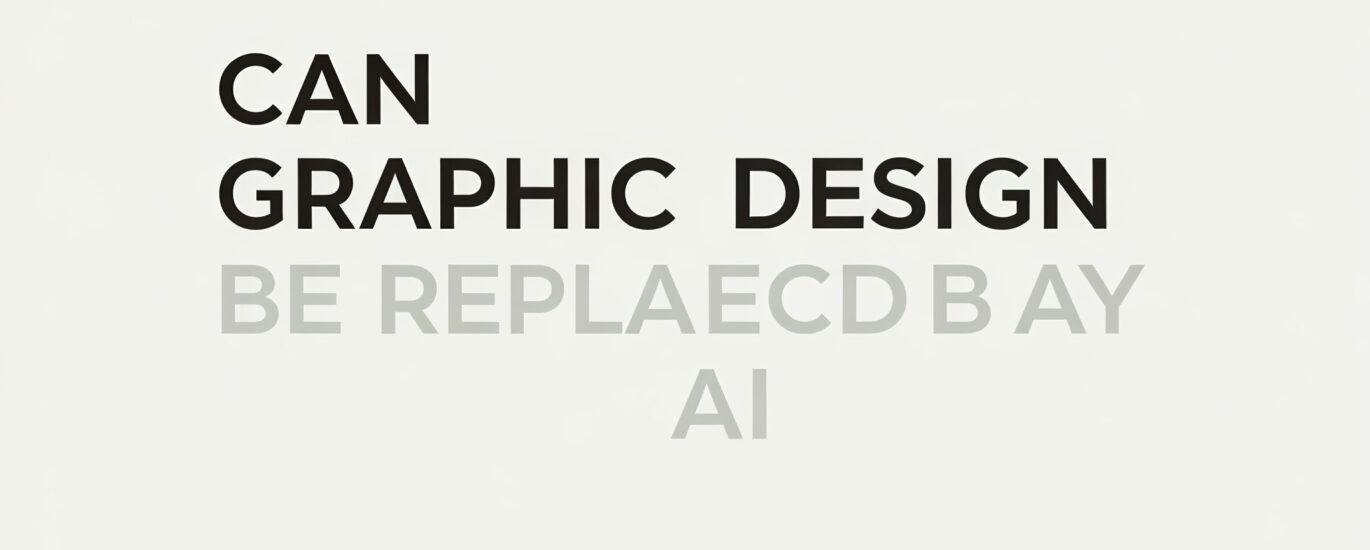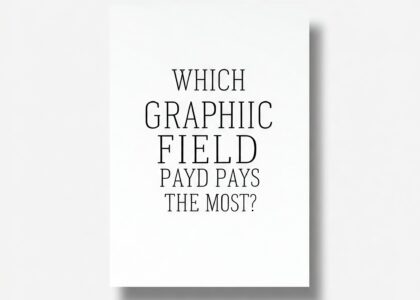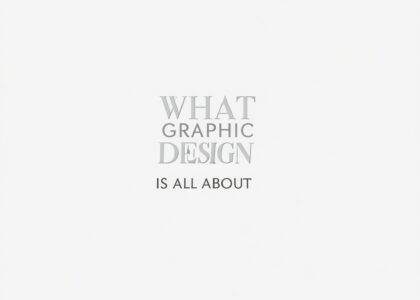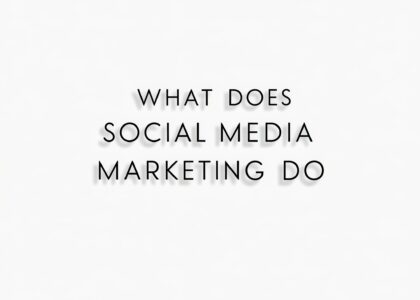The emergence of artificial intelligence (AI) in various industries has sparked a widespread debate: can AI fully replace human creativity, particularly in the field of graphic design? As AI-driven tools continue to evolve, the impact on traditional design processes is profound. In this article, we explore the role of AI in graphic design, its capabilities, limitations, and whether it can truly replace the human touch.
The Rise of AI in Graphic Design
AI has infiltrated the graphic design industry with tools capable of generating logos, banners, and even complete website layouts. Applications such as Adobe Sensei, Canva, and Figma have incorporated AI features to streamline workflows and provide designers with enhanced capabilities. These tools leverage machine learning algorithms to analyze design patterns, predict user preferences, and automate repetitive tasks.
Key Benefits of AI in Graphic Design
- Speed and Efficiency: AI-powered tools can create designs in minutes, significantly reducing the time required for manual drafting and revisions.
- Cost-Effective Solutions: For small businesses or startups, AI-based tools offer affordable alternatives to hiring professional designers.
- Personalization at Scale: AI can generate multiple design variations tailored to specific audiences, allowing for more targeted marketing campaigns.
- Accessibility: Non-designers can use AI tools to create professional-looking designs without extensive training or expertise.
Capabilities of AI in Design
Automated Creativity
AI tools are capable of producing visually appealing designs based on pre-set parameters. For instance, platforms like LogoMakr or Looka use AI to generate logos by combining colors, fonts, and shapes according to user input. Similarly, AI-powered image generators, such as DALL-E or MidJourney, create stunning visuals from textual descriptions.
Design Recommendations
Through data analysis, AI can recommend color schemes, fonts, and layouts that resonate with specific audiences. This data-driven approach ensures designs align with trends and user preferences.
Error Detection and Optimization
AI can identify inconsistencies in design elements, such as misaligned text or clashing colors, and suggest improvements. Additionally, it optimizes file formats and resolutions for various platforms, ensuring seamless cross-channel performance.
Limitations of AI in Graphic Design
Despite its advancements, AI has limitations that prevent it from fully replacing human graphic designers. These include:
Lack of Emotional Intelligence
Design is deeply rooted in human emotions. While AI can mimic aesthetics, it cannot fully understand or replicate the emotional depth and cultural nuances that human designers bring to their work.
Creativity Bound by Algorithms
AI operates within the constraints of its programming. It lacks the ability to think outside the box or deviate from established patterns, which is crucial for groundbreaking and innovative designs.
Dependency on Human Input
AI tools require user input to function effectively. Whether it’s providing textual prompts or selecting templates, the creative process still hinges on human decision-making.
Ethical Concerns
AI-generated designs often raise questions about intellectual property and originality. Since AI relies on existing data to create designs, issues of plagiarism and copyright infringement may arise.
The Human Touch in Graphic Design
Storytelling and Vision
Human designers excel at weaving narratives into their designs. This storytelling ability is critical for branding, as it helps establish an emotional connection with the audience.
Adaptability and Empathy
Designers can adapt their styles and approaches to suit evolving client needs and market trends. They also possess the empathy needed to understand client visions and translate them into meaningful visuals.
Collaboration and Communication
Graphic design often involves collaboration with clients, marketers, and other stakeholders. Human designers facilitate this interaction, ensuring the final product aligns with all parties’ expectations.
AI as a Complement, Not a Replacement
AI is best viewed as a complementary tool rather than a replacement for human designers. By automating repetitive tasks, AI frees designers to focus on more creative and strategic aspects of their work. For instance:
- Prototyping: AI can quickly create prototypes, allowing designers to test and iterate ideas efficiently.
- Inspiration: AI-generated designs can serve as a source of inspiration, sparking new ideas for human designers.
- Enhanced Productivity: By handling mundane tasks, AI allows designers to dedicate more time to refining their concepts and exploring innovative solutions.
Future Prospects of AI in Graphic Design
As AI technology continues to advance, its role in graphic design will expand. However, it is unlikely to render human designers obsolete. Instead, the future lies in human-AI collaboration, where AI serves as a powerful tool to enhance creativity and efficiency. Designers who embrace AI and integrate it into their workflows will likely gain a competitive edge in the industry.
Conclusion
While AI has revolutionized graphic design by offering speed, efficiency, and accessibility, it cannot replace the creativity, emotional intelligence, and adaptability of human designers. The most successful designs will continue to combine the strengths of AI with the unique qualities of human creativity.






